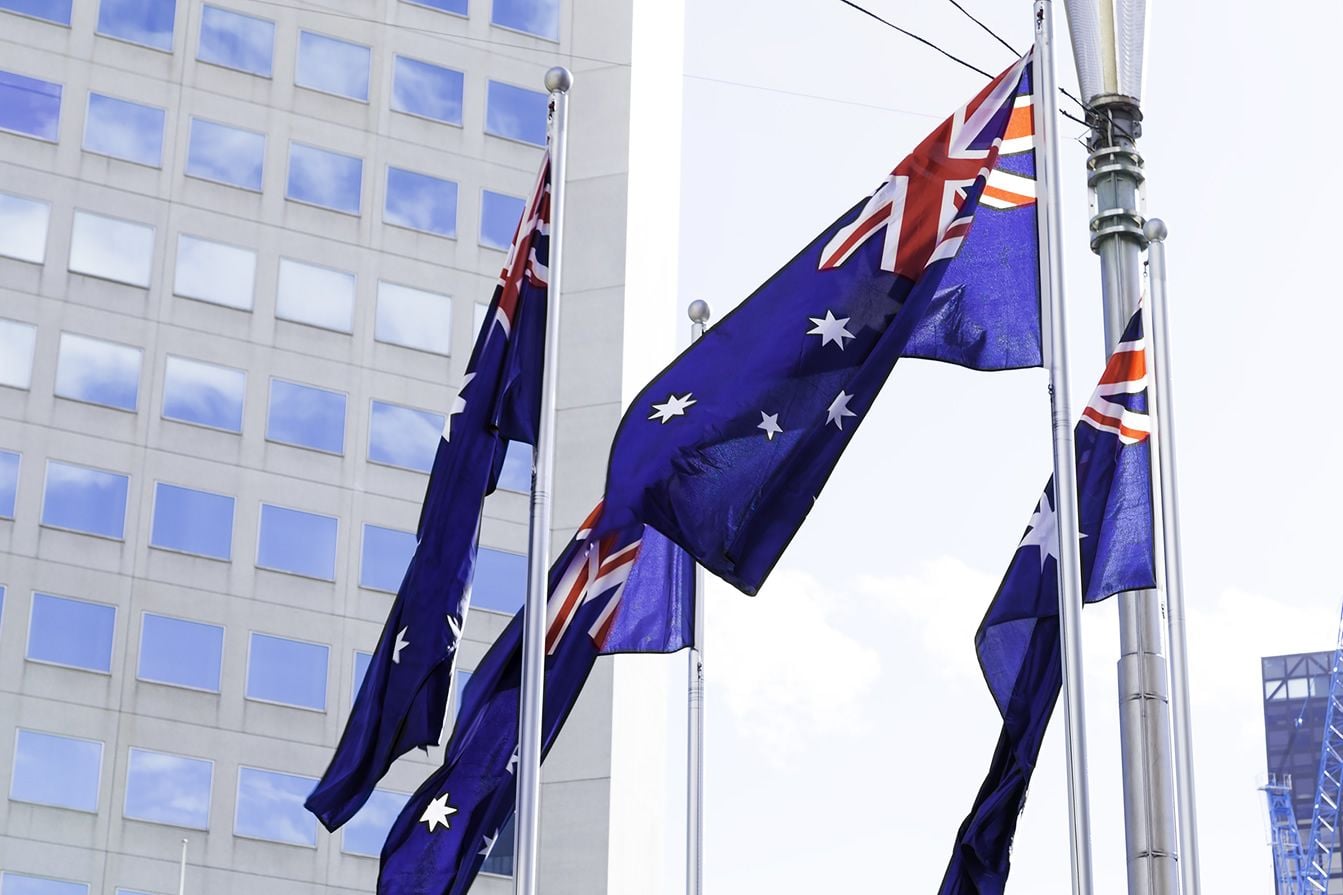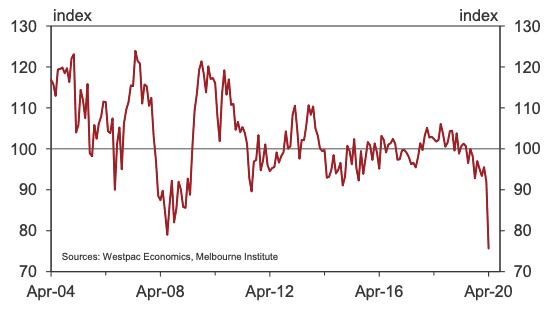Australian Dollar Capitulates Amidst Sizeable Slump in Commodity Prices
- Aussie Dollar's recovery questioned
- Oil price slump sends -ve signal to markets
- Consumer confidence at an all-time low shows Westpac survey
- Latest covid crisis GBP/AUD forecasts available for download at Global Reach

Image © Adobe Images
- GBP/AUD market rate at time of writing: 1.9772
- Bank transfer rates (indicative): 1.9080-1.9220
- FX transfer specialist rates (indicative): 1.9320-1.9594 >> more information
The Australian Dollar's recovery is in danger of flipping over thanks to a sharp reversal in fortunes witnessed in mid-week trade that has seen the currency drop three quarters of a percent against Pound Sterling and over a percent against the Dollar.
The Aussie Dollar had been carried higher by a wave of investor relief, on a growing view that the worst of the coronacrisis was now in the rearview mirror and the global economic narrative was starting to gain traction.
However, while stock markets are softer on Wednesday it is the commodity sector that could be the source of anxiety for the Australian Dollar.
Oil prices are dropping sharply once more as the economic reality of the shutdown means there is simply not enough demand to sustain prices, even if the OPEC cartel cuts production.
Oil prices are apparently one asset that central banks are unable to manipulate and therefore could be the real gauge of financial conditions, as a result their move lower is asking serious questions about the stock market's willingness to rally into negative economic headwinds.
Above: Oil prices provide a reminder that all is not well in the global economy
But it is not just oil prices that are struggling, copper, gold and iron ore are softer and for Australia this matters: Australia's top three exports are iron, coal, copper and natural gas. If their price falls, Australia's foreign exchange earning potential falls and the Aussie Dollar finds itself grasping for support.
At the time of writing we are seeing the Pound-to-Australian Dollar exchange rate quote 0.75% higher at 1.9764, the Australian-U.S. Dollar exchange rate is meanwhile a more sizeable 1.36% in the red at 0.6346.
"Negativity swirling in oil markets dulls equity enthusiasm," says Richard Pace, an analyst at Thomson Reuters, who says a deeper correction lower in the Aussie Dollar may ensue, and he is eyeing a potential capitulation towards the AUD/USD 20 day moving average at 0.6118.
Pace's colleague Ewen Chew points out that "fear of missing out has been driving a head-scratching rally in stocks and dampening the haven USD. But herd thinking can also accelerate a rush for the exit, once the alarms go off."
Could Wednesday be a day when markets reassess their assumptions about the global recovery?
If they do, so called risk assets such as the Australian Dollar could find themselves bearing the brunt of any return in investor anxiety.
"The current consensus is that because central banks are flooding the market with liquidity, much of it will push asset prices up and the low-yielding USD down. Apocalyptic economic assessments, even from the IMF, have been shrugged at, but one thing that market participants can't ignore is oil prices – they appear to be headed off a cliff again," says Chew.
The domestic picture has meanwhile been unsupportive of the Aussie Dollar with data from Westpac showing the greatest slump in consumer confidence in the 47 year history of their survey.
The Westpac-Melbourne Institute Index of Consumer Sentiment plunged 17.7% to 75.6 in April from 91.9 in March, taking the Index beyond the lows seen during the Great Financial Crisis of 2008-2009 to levels only seen during the deep recessions of the early 1990s (64.6) and early 1980s (75.5).
"It is pertinent to note that the lows in previous recessions were reached after one to two years of continuous deterioration compared to the one month collapse we have seen here. Certainly we cannot rule out the Index dropping below the historic low of 64.6 we saw in November 1990," says Bill Evans, Chief Economist at Westpac.
However, the big domestic event comes tomorrow morning at 02.30 B.S.T. when Australian employment data for March are released. This will be the first real official numbers for markets to grab a steer of the impact of the coronacrisis on Australia.
Markets are looking for a slump in employment to the tune of 40K, with the unemployment rate rising to 5.5%.
However, we sense the numbers could disappoint and are therefore wary of further near-term downside in the Australian Dollar as a result.











